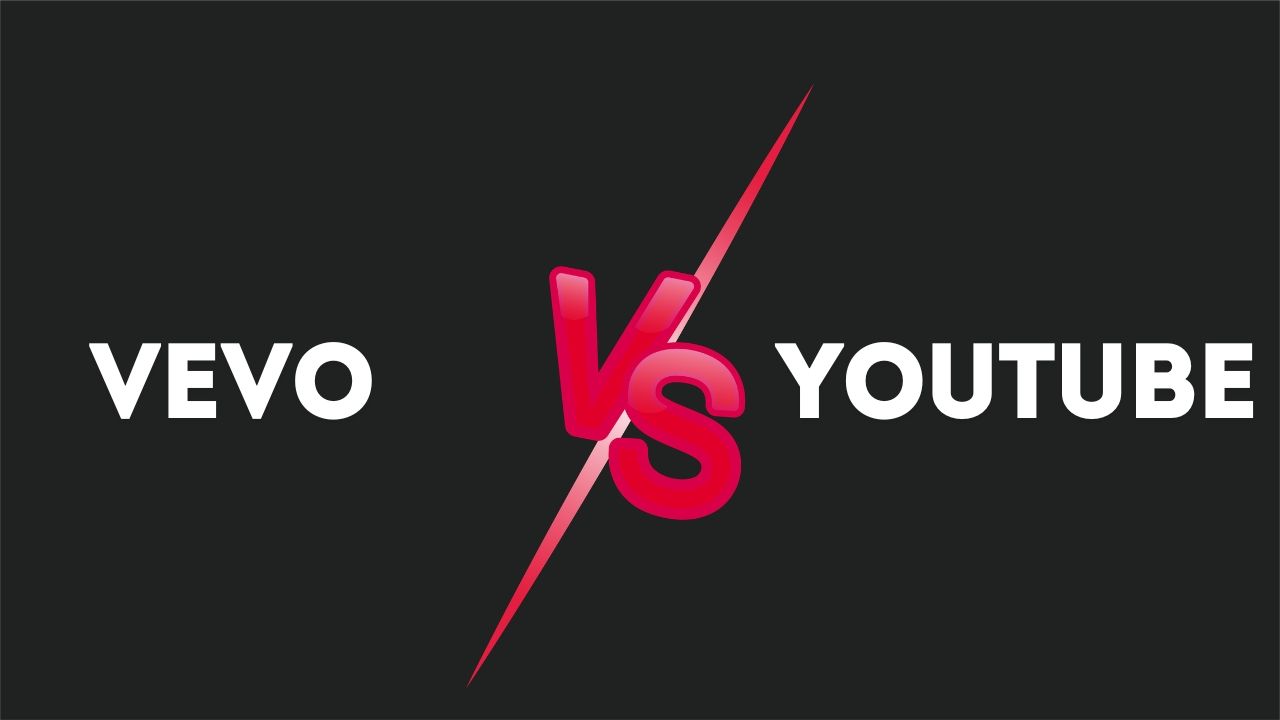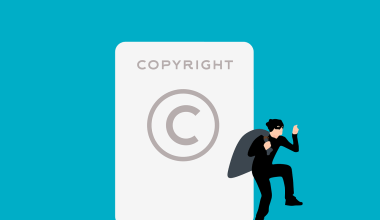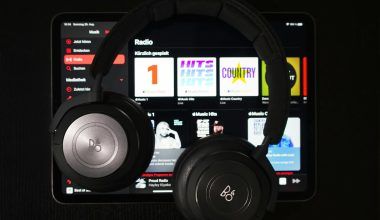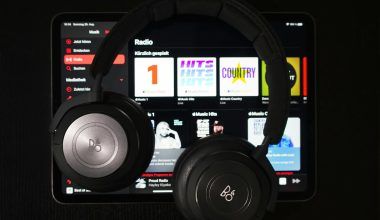The digital age has changed how we create, distribute, and enjoy music. Platforms like Vevo and YouTube have given artists the tools to reach global audiences quickly. But with so many choices, which platform is best for growing your music career? In this blog, we’ll break down the differences between Vevo vs YouTube. We’ll look at content, audience reach, monetization, video quality, and more. By the end, you’ll know which platform suits your needs.
Introduction to Vevo and YouTube
Vevo and YouTube are big names in the digital music industry. Each serves different purposes for artists and viewers. Vevo launched in 2009, backed by major record labels like Universal Music Group and Sony Music Entertainment. It focuses mainly on music videos, offering a space for high-quality, professionally produced content.
YouTube is the world’s largest video-sharing platform, with over 2 billion users logging in each month. Unlike Vevo, YouTube is an open platform. Anyone can upload videos on nearly any topic, including music, vlogs, and tutorials. This openness makes YouTube versatile and accessible.
Vevo vs YouTube: Content and Audience Reach
- Vevo focuses only on music-related content. This specialization means your videos are surrounded by other music videos. Vevo’s audience is niche, often more engaged because they are specifically looking for music. This can lead to better interaction and more dedicated fans.
- YouTube offers a broader audience. Your music could reach more people, but it also competes with other types of content. On YouTube, your video might appear next to a cooking tutorial or a gaming stream. This diversity offers huge exposure but also more competition.
When choosing between Vevo vs YouTube, think about your goals. Vevo is better for building a music-focused brand. YouTube is ideal if you want to reach a wider audience and don’t mind the competition.
Monetization Opportunities
Monetization is a key factor for many artists:
- Vevo generates revenue through ads shown before, during, or after videos. The revenue splits between Vevo and rights holders like artists and labels. Major labels usually get the bulk of the revenue, making it harder for independent artists to earn as much unless they have large viewership.
- YouTube offers more flexible monetization options. Through the YouTube Partner Program, artists can earn from ads, channel memberships, and live streams. YouTube’s Content ID system also lets artists earn from user-generated content that uses their music. This system benefits independent artists who can monetize their content without needing a record label.
When comparing Vevo vs YouTube for monetization, YouTube offers more opportunities, especially for independent artists. Its multiple revenue streams and broad audience make it a more accessible platform.
Vevo vs YouTube: Video Quality and Production Standards
Video quality is another key difference:
- Vevo is known for high production standards. Videos on Vevo are often professionally produced with significant budgets. This focus on quality can enhance an artist’s brand and make their videos stand out. For artists who want to be seen as serious and professional, Vevo is a great option.
- YouTube offers a wider range of video quality. While there are many high-definition videos, there is also a lot of amateur content. To stand out on YouTube, artists need to maintain high production values.
In terms of video quality, Vevo sets a higher bar. YouTube offers more flexibility but demands consistent quality to compete.
Ease of Access and Distribution
Ease of access is a big advantage for YouTube:
- YouTube is user-friendly and accessible to everyone. Anyone can create an account and start uploading videos quickly. This ease makes YouTube the go-to platform for independent artists worldwide.
- Vevo is more exclusive. Artists usually need to be signed with a major label or have a large following to get on Vevo. This exclusivity can be challenging for emerging artists. However, once you’re on Vevo, the platform’s prestige can be valuable.
YouTube is the better choice for most independent artists because of its accessibility. Vevo is best for artists who are already established or have strong industry support.
Vevo vs YouTube: Brand Association and Prestige
Brand association is important in the Vevo vs YouTube debate:
- Vevo is seen as a mark of quality. It’s tied to major record labels and only features music content. Having a Vevo channel can boost an artist’s credibility, which is useful when seeking industry opportunities.
- YouTube offers vast reach and the potential to go viral. While it may not carry the same level of prestige, YouTube can lead to massive success. Many artists have launched their careers on YouTube by building a large following and attracting industry attention.
For brand association, Vevo is better for artists aiming for a professional image. YouTube is ideal for those who want to reach a broad audience and potentially go viral.
Engagement is crucial for building a fanbase:
- YouTube excels in social interaction. Features like comments, live streaming, and community posts allow direct communication between artists and fans. Active engagement can significantly boost a video’s visibility on YouTube.
- Vevo offers a more controlled environment but lacks the interactive features of YouTube. This makes it harder to build a dynamic fanbase on Vevo.
For artists who prioritize fan interaction, YouTube is the superior platform. Its interactive features make it easier to connect with and grow your audience.
Vevo vs YouTube: Analytics and Data Insights
Analytics are vital for understanding your audience:
- YouTube provides detailed analytics through YouTube Studio. Artists can track view counts, audience demographics, traffic sources, and more. These insights help artists refine their content strategy and understand what resonates with their audience.
- Vevo offers analytics, but they are usually less detailed. Vevo provides high-level metrics, which may not offer the depth that independent artists need.
YouTube stands out for its comprehensive analytics, making it the better choice for artists who want to leverage data to grow their audience.
Vevo vs YouTube: Algorithm and Content Discovery
How your content is discovered is key:
- YouTube’s algorithm recommends content based on a user’s viewing history, making it possible for videos to go viral. The algorithm considers factors like watch time, engagement, and video length, which can help new audiences discover your content.
- Vevo focuses on curated playlists and partnerships with other platforms. This ensures content is seen by a targeted audience, but the discovery potential is limited compared to YouTube.
YouTube’s powerful recommendation system gives it a clear advantage for content discovery, especially for artists looking to grow organically.
Cost and revenue sharing matter for artists:
- Vevo is more expensive to access, especially for independent artists. The platform expects high production values, which can be costly. The revenue sharing model also tends to favor artists signed with major labels.
- YouTube offers a more accessible revenue-sharing model. Artists can earn from ads, memberships, and merchandise sales through the YouTube Partner Program. YouTube’s Content ID system also allows artists to monetize user-generated content that includes their music.
YouTube is more favorable for independent artists, offering more flexible and varied revenue streams.
Vevo vs YouTube: Mobile and Desktop Experience
Both platforms cater to users on different devices:
- YouTube is optimized for both mobile and desktop. The YouTube app is popular, offering an easy-to-use experience with features like playlists and video recommendations. The desktop version is equally polished, allowing for efficient browsing and interaction.
- Vevo offers a good experience on both mobile and desktop, but its focus is more niche. The platform is geared towards high-quality video playback for music videos.
For a consistent and broad user experience, YouTube has the edge over Vevo.
Vevo vs YouTube: Legal and Copyright Considerations
Legal and copyright issues are important:
- YouTube uses Content ID to manage copyright issues. This system automatically scans videos for copyrighted content and either blocks the video, shares revenue, or notifies the uploader of potential issues. This system helps protect artists’ rights while also providing opportunities to earn revenue.
- Vevo has strict content submission guidelines, often requiring artists to own all rights to the content. This can be challenging for independent artists but provides strong protection for copyrighted material.
YouTube offers a more flexible approach for independent artists, while Vevo maintains stricter controls.
Vevo vs YouTube: Case Studies and Success Stories
Many artists have found success on both platforms:
- YouTube has launched the careers of many artists. Justin Bieber and Shawn Mendes are examples of artists who started on YouTube before signing with major labels. Their success shows YouTube’s potential for discovery and its ability to propel artists to global fame.
- Vevo has also played a significant role for established artists who have the backing of major labels. Artists like Taylor Swift and Ariana Grande have released their music videos on Vevo, benefiting from the platform’s association with high standards and industry recognition. These examples highlight Vevo’s role in maintaining an artist’s brand image and prestige.
When comparing Vevo vs YouTube in terms of success stories, YouTube is better for independent artists who want to grow organically and reach a broad audience. Vevo is more suitable for established artists who already have industry support and want to maintain a high-quality image.
Strategies for Using Both Platforms
If you want to use both Vevo and YouTube, here’s how to do it effectively:
- High-Quality Videos on Vevo: Use Vevo for your most polished, professionally produced music videos. This approach helps you build a strong brand and gain industry recognition. Vevo’s reputation for quality can elevate your image as a serious artist.
- Engage on YouTube: On YouTube, upload a mix of content, including behind-the-scenes footage, live performances, and vlogs. Use YouTube’s interactive features to connect with your audience. Engage with comments, run live streams, and create community posts to build a loyal fanbase.
- Cross-Promote: Use each platform to promote the other. For example, upload teasers or behind-the-scenes clips on YouTube that link to the full video on Vevo. This strategy drives traffic between platforms and leverages each platform’s strengths.
- Maximize Revenue: Take advantage of YouTube’s diverse monetization options while using Vevo’s ad revenue model. Combining these strategies can maximize your earnings, especially if you’re an independent artist.
Final Thoughts on Vevo vs YouTube
Choosing between Vevo vs YouTube isn’t about finding the better platform overall, but about finding the one that better suits your needs.
- Vevo offers prestige, quality, and a focused music environment. It’s best for artists who want to present their work in the most professional light possible and have the resources to produce high-quality videos.
- YouTube offers accessibility, massive reach, and strong engagement tools. It’s particularly beneficial for independent artists or those looking to grow their audience and interact directly with fans.
By understanding the strengths of each platform, you can create a strategy that leverages both Vevo and YouTube to boost your career. Whether you focus on one or use both, knowing what each platform offers will help you succeed in your music distribution efforts.
For further reading, explore these related articles:
- How Crowdfunding is Revolutionizing the Music Industry
- Is Music the Biggest Industry in the World? A Comprehensive Exploration
- The Ever-Evolving Landscape of the Popular Music Industry
For additional resources on music marketing and distribution, visit Deliver My Tune.






